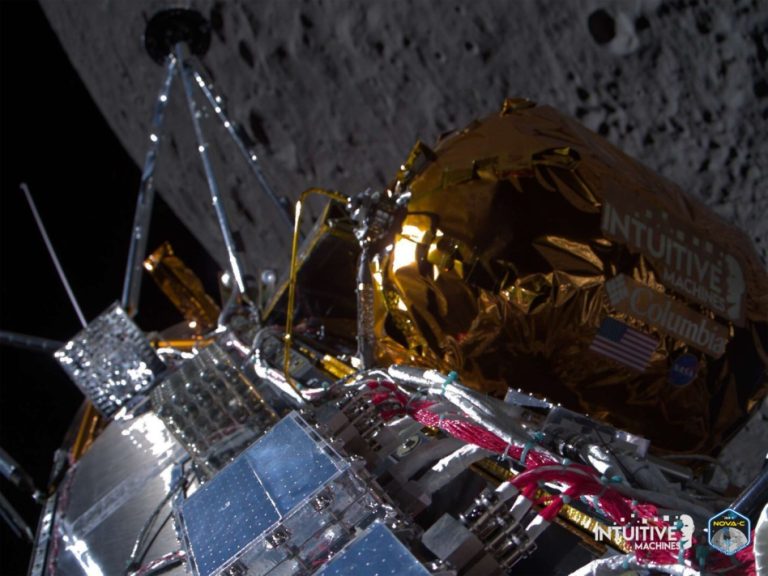
Epic 33-engine burn among successes of Starship’s 2nd test flight, SpaceX says (Image Credit: Space.com)
Starship may have gone boom on Saturday (Nov. 18), but there was a lot to like about the giant vehicle’s second-ever test flight, SpaceX says.
The trial mission aimed to send Starship‘s 165-foot-tall (50 meters) upper stage most of the way around Earth, from SpaceX’s Starbase site in South Texas to a patch of the Pacific Ocean near Hawaii.
That didn’t happen; the upper stage, known as Starship, exploded about eight minutes after launch, the same fate that met the vehicle’s huge first stage, called Super Heavy, 4.5 minutes earlier. Still, the next-gen megarocket notched a number of important milestones on Saturday, among them a smooth liftoff.
“All 33 Raptor engines on the Super Heavy Booster started up successfully and, for the first time, completed a full-duration burn during ascent,” SpaceX wrote in a recent mission update.
Related: SpaceX’s 2nd Starship launch test looks amazing in these stunning photos and videos
Starship separated from Super Heavy successfully as well, via a technique known as “hot staging.”
About 2.5 minutes into the flight, Super Heavy began “powering down all but three of Super Heavy’s Raptor engines and successfully igniting the six second-stage Raptor engines before separating the vehicles,” SpaceX wrote in the update. “This was the first time this technique has been done successfully with a vehicle of this size.”
(In “normal” staging, the upper-stage engines ignite after separation has already occurred.)
Super Heavy then performed a planned “flip maneuver” and a boostback engine burn, with the goal of steering itself to a water landing in the Gulf of Mexico. But the booster experienced a “rapid unscheduled disassembly” — SpaceX-speak for a breakup or explosion — about 3.5 minutes after launch.
The upper stage’s six Raptors, meanwhile, carried that vehicle to a maximum altitude of about 90 miles (150 kilometers) and a top speed of roughly 14,900 mph (24,000 kph), SpaceX wrote in the update. The upper stage nearly completed its planned full-duration burn, but not quite.
“The flight test’s conclusion came when telemetry was lost near the end of second-stage burn prior to engine cutoff after more than eight minutes of flight,” SpaceX wrote in the update. “The team verified a safe command destruct was appropriately triggered based on available vehicle performance data.”
The update does not provide a hypothesized cause for the telemetry loss.

Saturday’s numbers represent a marked improvement over the first Starship test flight, which launched from Starbase on April 20 with similar aims.
A handful of Super Heavy’s Raptors conked out early during that debut flight, and the vehicle’s two stages failed to separate as planned. SpaceX intentionally detonated the tumbling vehicle, which reached a maximum altitude of about 24 miles (39 km), about four minutes after liftoff.
That first flight caused significant damage to parts of Starbase, blasting out a big crater beneath the site’s orbital launch mount. SpaceX installed a water-spewing steel plate beneath the mount ahead of the second flight to prevent such damage from recurring. That upgrade did the trick, as the launch mount made it through Saturday’s liftoff in good shape, SpaceX wrote in the update.
The U.S. Federal Aviation Administration (FAA) is overseeing SpaceX’s investigation into what happened on Saturday. It’s unclear when that assessment will wrap up, and when the FAA will award another launch license, but the company clearly wants to fly again soon.
“The team at Starbase is already working final preparations on the vehicles slated for use in Starship’s third flight test, with Ship and Booster static fires coming up next,” SpaceX wrote in the update, referring to brief tests that check out a vehicle’s engines in the leadup to launch.








